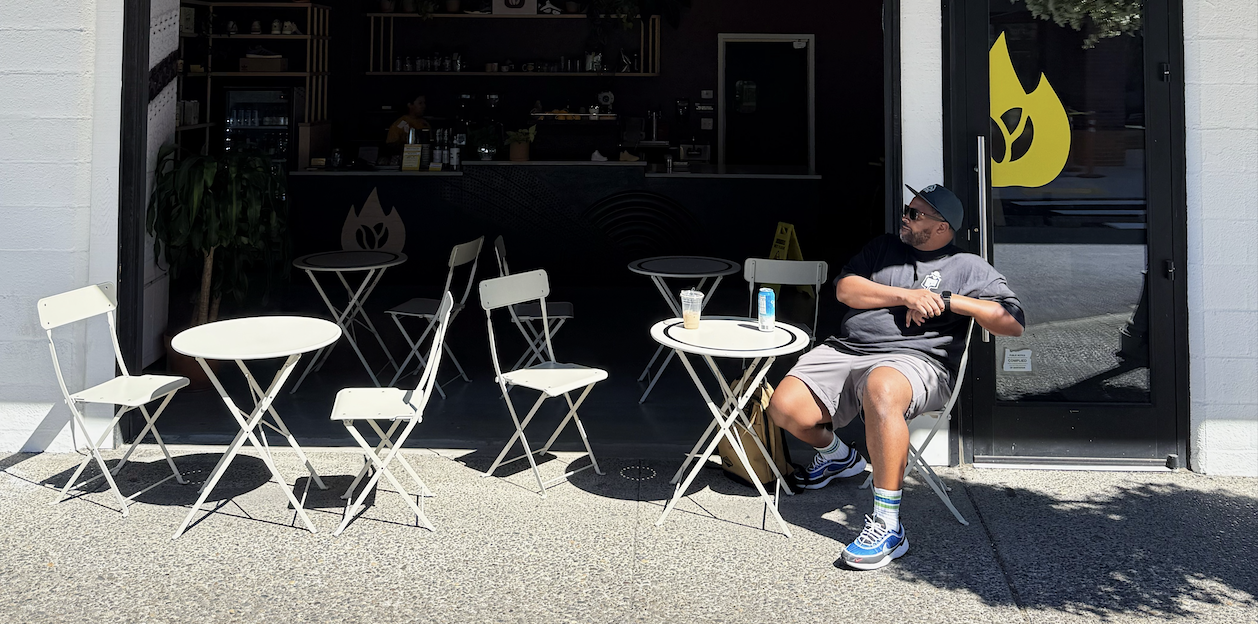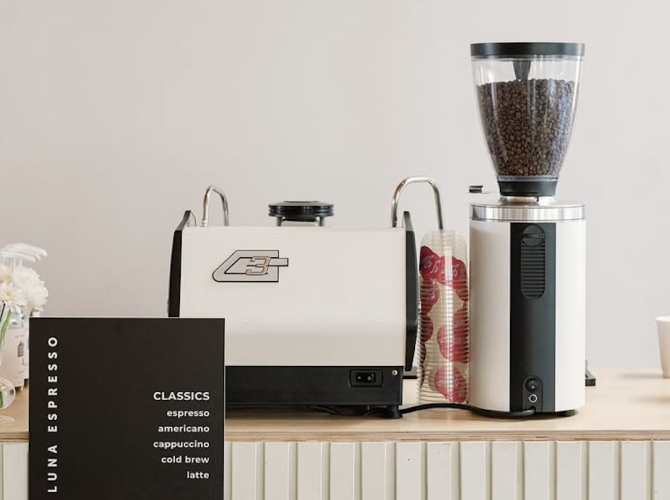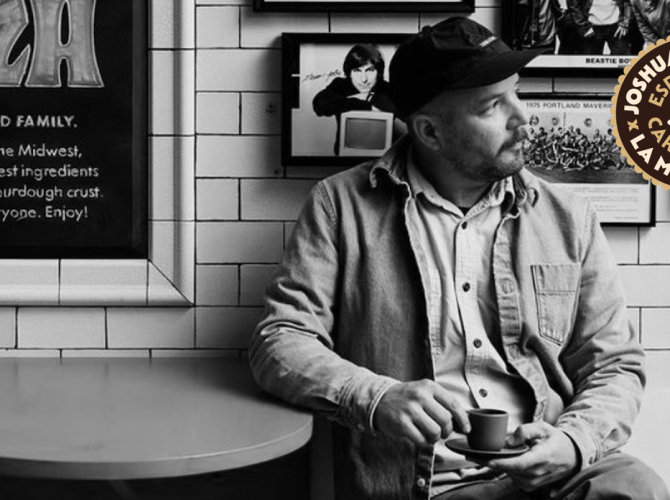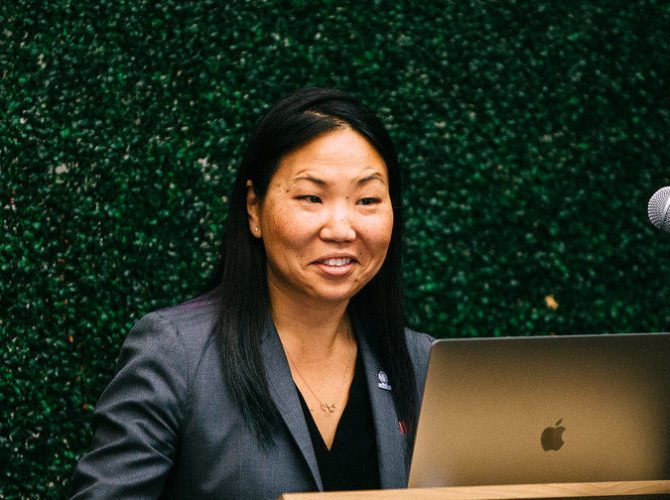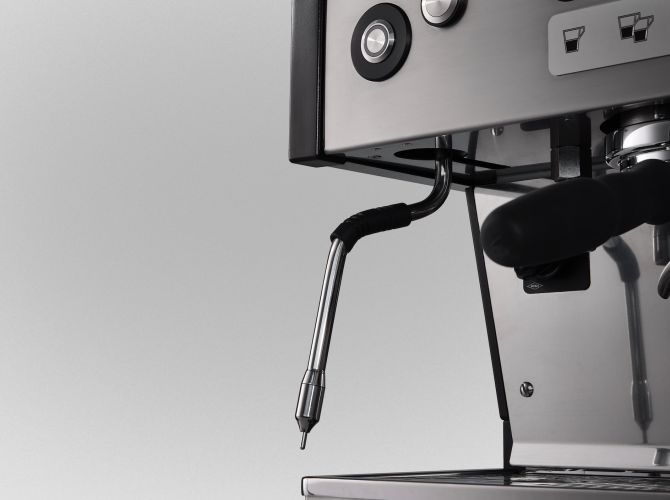Opening Notes is a new content series from La Marzocco focusing on the information everyone should know before they open their first café. Over the next few months, this series will examine topics that cover business practices, marketing ideas, and café operations, each featuring a coffee expert in that field.
Ian Williams is the founder and owner of Deadstock Coffee, a sneakerhead-inspired coffee brand in Portland, Oregon, with two cafés. As a former shoe designer, he knew that he wanted to build a space that attracted like-minded people to his cafés while giving them a space to geek out about streetwear culture as well. We spoke with Ian about how to market your local café space to a specific audience—even before opening your doors.
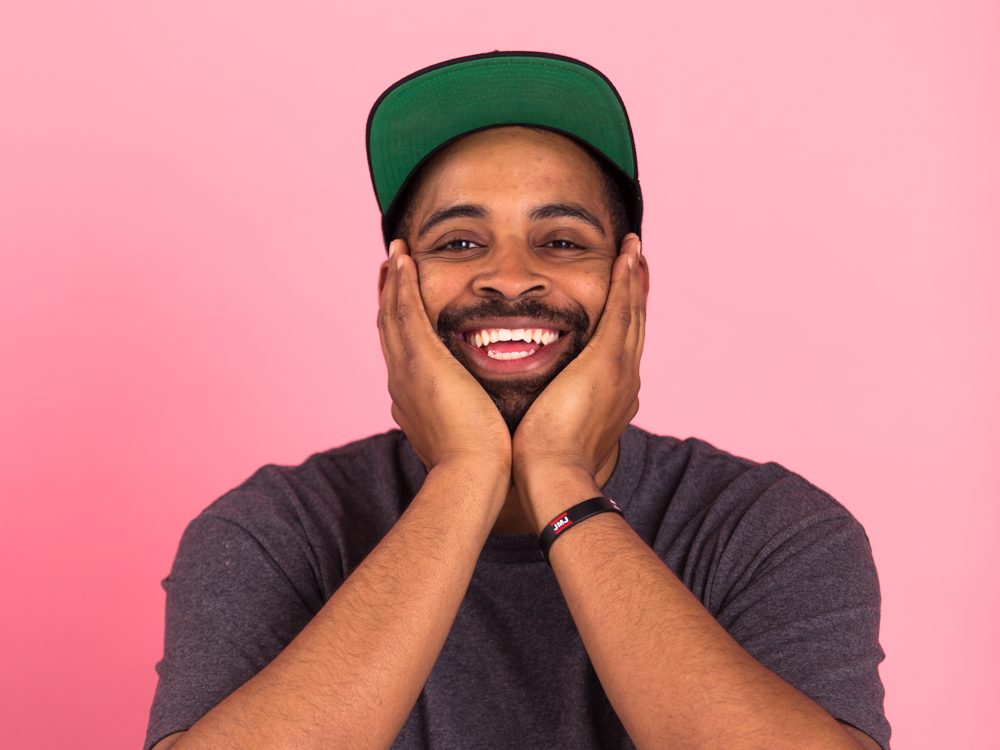
When planning on opening a cafe at what point do you start to consider your target audience?
For me, it’s from the beginning, like if you don’t know who you’re serving, then why are you doing it? I think a lot of the opportunity there is also that you… the reason that you wanna do it is to serve some people who are interested in whatever it is you’re doing. Whether it be that you’re like a coffee nerd, or maybe you’re a community person, maybe you’re a roaster and you wanna share your roasting style. . . It’s important to know who you’re gonna serve before you even do it. If you don’t know what you’re doing, why are you doing it?
How do you decide what your target audience for a café might be?
I think your target audience is whoever the person or the community is that has similar interests as you. For us at Deadstock Coffee, it’s sneakers, for One Moto it was motorcycles. . . I think your target audience should be someone who matches your interests or the interests you want to build your brand around.
How big of an impact does café location play on deciding a café’s target audience?
The location has a huge impact. If you’re on a one-way street facing backwards with no parking, I promise you, you’re not gonna get that many customers. And I might know that from experience. I think also, being aware of the things that might seem like they’re not important, like you know, does your space accommodate larger groups of people? Do you want people sitting there working? If so, are you gonna lay your space out so people can sit and work? Do you have enough bathrooms in your location? Are they ADA-compliant? So, aside from all the other things, location is important for that too.
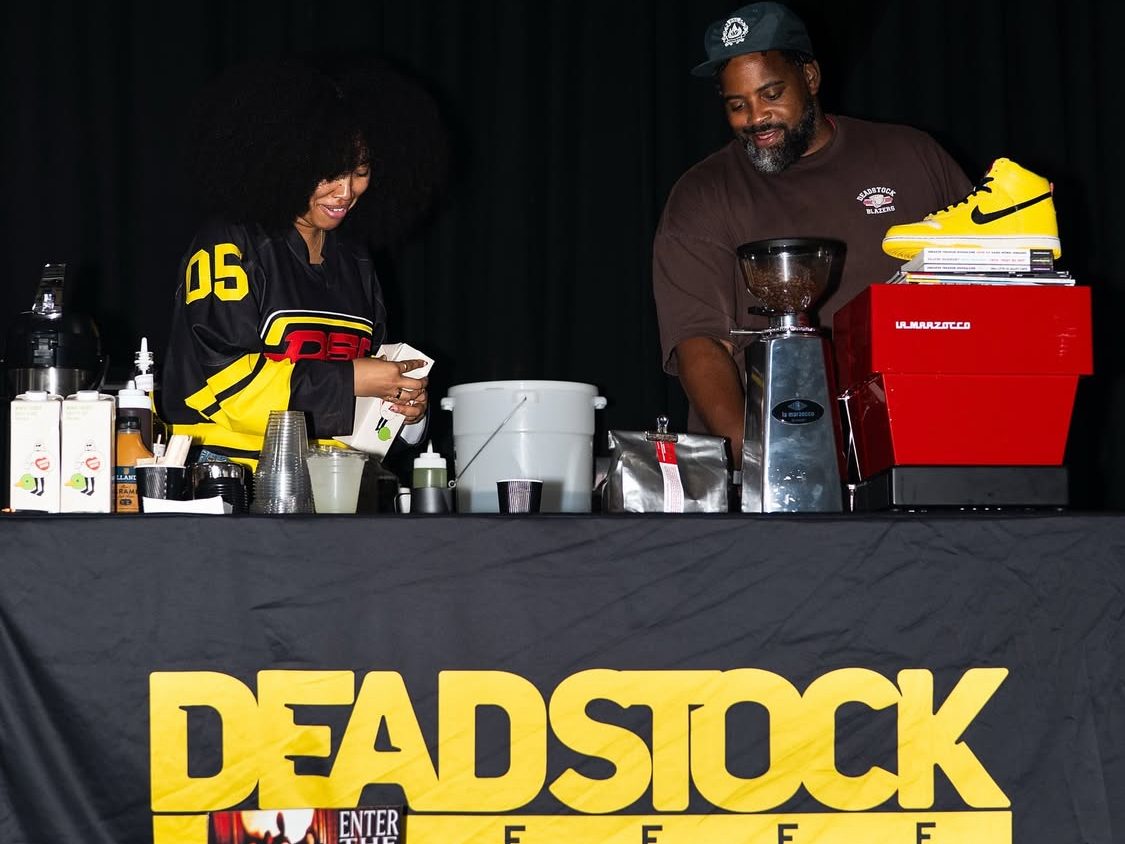
How would you negotiate the location that you have with the audience that you’re seeking?
Part of it is just trying to get people to understand why you might be in said neighborhood, and that’s a good opportunity for storytelling… and sometimes it’s also getting your community to understand. Like, if they’re not into that type of product yet, but you’re just telling them like, “Yo, this is gonna be great,” you know? And that this is a good opportunity. It is tough to negotiate that sometimes.
How much does your target audience influence things like cafe design or menu design?
The target audience definitely influences cafe design and menu design. You know, if it’s a nice spot in a relatively well-off neighborhood, let’s say, you might have the nice clean white walls cafe and the stainless steel appliances, the light wood and just make it look super clean. But if it was a cafe that had like a whole bunch of stuff in it, you know, maybe like a basketball poster and whatnot on the wall, maybe that might not fly so well in that kind of target audience. And if you were to open a cafe like [the first one] I just explained in the hood, they’re gonna look at that and feel like they’re not welcome in that cafe environment. So it definitely is extremely important that you… at least make the audience feel welcome, even if it’s not a space that they would necessarily feel welcome in. Do what you can to make them feel like you’re welcoming them to be there, and to just enjoy their time while they are in that space. Sometimes it’s cool to expose people to something they’ve never seen before.
How does a new café owner figure out the best way to communicate with a target audience? / What is the most impactful way a café owner can market their café to a target audience?
I think it’s important to figure out how your audience likes to communicate. If the majority of your target audience is on TikTok, then go to TikTok. Let’s say you’re in a smaller town and the majority of your customers are on Facebook, then you gotta go to Facebook and that’s where you need to communicate with them. You have to always communicate with your audience. You have to go to where they are and figure out how to communicate from there. Deadstock first started inside a shoe store because I wanted to be able to serve the sneaker community, but I knew that the sneaker community was not fully interested in coffee at that level. I could see it coming. But I put the stand inside the shoe store because I knew that’s where the sneaker community was gonna be, so it was best to go there first and do more direct communication, and have that be the backup to whatever we were saying on Instagram.
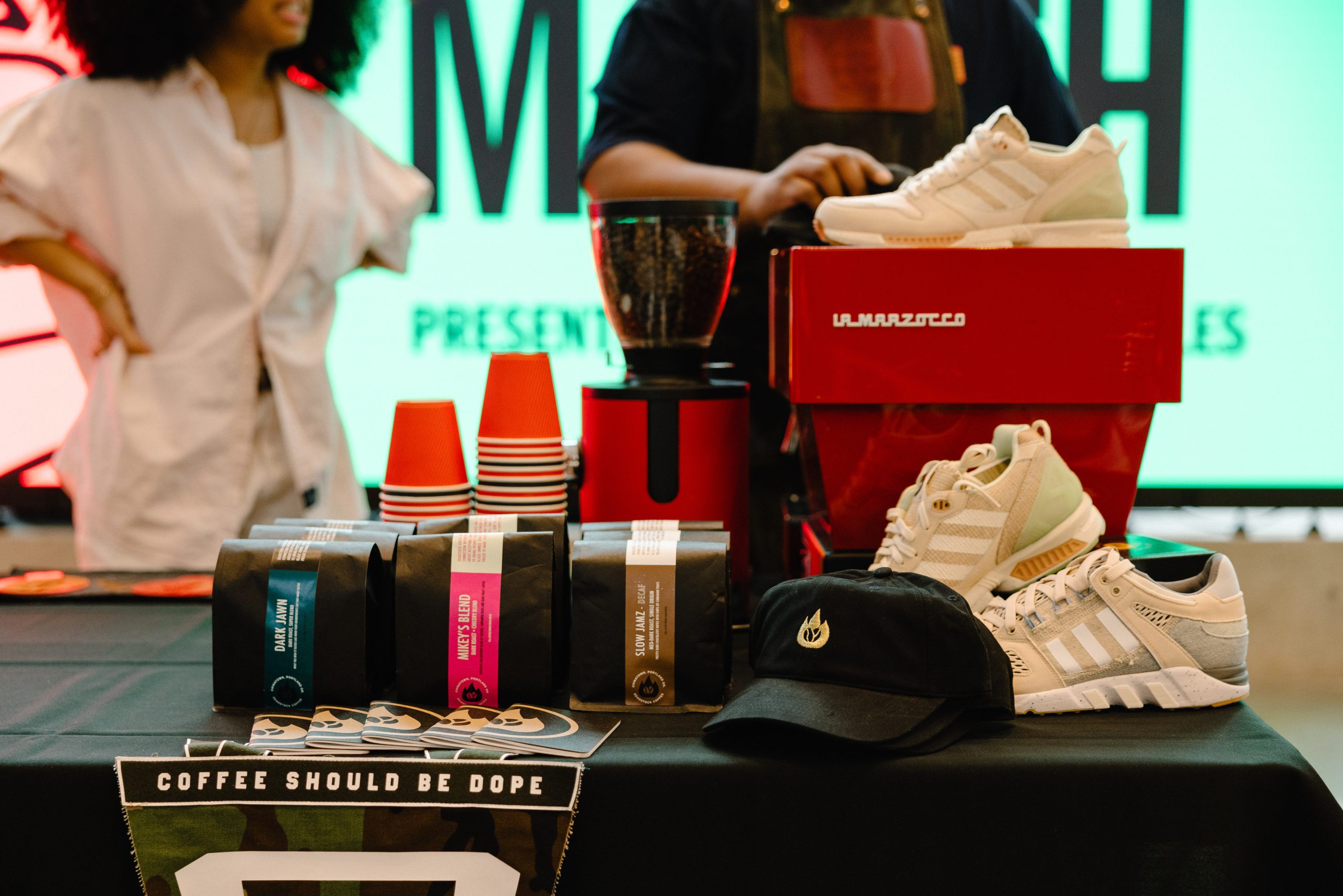
What are all the different channels that Deadstock uses to communicate with your target audience?
Modern day we definitely use Instagram, we use Instagram a lot. Sometimes we use TikTok, we could definitely use TikTok more. We kinda go back and forth between sending out newsletters and emails; we could definitely do that more. And a lot of the video content stuff that we do also lives on YouTube. We’ve even used YouTube to modernize our employee training and even the information that we send out to new wholesale customers about Deadstock’s origin. We also use Spotify! We make playlists that match our menus sometimes, which is pretty cool. It’s a cool opportunity to set the mood or “the vibe,” as the kids like to say.
What are the different approaches you took to marketing each Deadstock location?
We definitely just use a lot of Instagram, but we also do a whole lot of word-of-mouth. The internet is great, but word-of-mouth is the best marketing that you can do. Informing the people who are in the community, letting them know, inviting them in, inviting them to bring friends and family with them. It’s a slower build sometimes, but it’s a stronger and more long-lasting build. Which, to me or to us, is way more important. For the Chinatown location, it was pretty much all Instagram, Twitter, and Facebook. Fortunately, we were blessed to get a lot of local media. But, for the second location, we decided to roll out a whole marketing campaign mimicking the Forrest Gump running scene and making it look like I was running from the Portland location to the Beaverton location. And that was a larger undertaking, but we definitely felt like it resonated super well; people really enjoyed it.
Once you’ve captured the attention of your target audience, how do you bring them into the space?
Constantly reminding them that you have new drink specials and events. In the Beaverton location, we will be hosting different things, maybe some things like paint-and-sips. Right now, there’s an art gallery featuring some local artists and a local curator. Changing up the decor and the sneakers [for Deadstock specifically]. Just refreshing the space, like if the space is the same all the time, it gets kind of stagnant, so refreshing the space for sure. And really just doing what we can to rotate beverages, flavors, you could change up your food menu if you have a food menu. We’re gonna be adding food soon, and we could do things there.
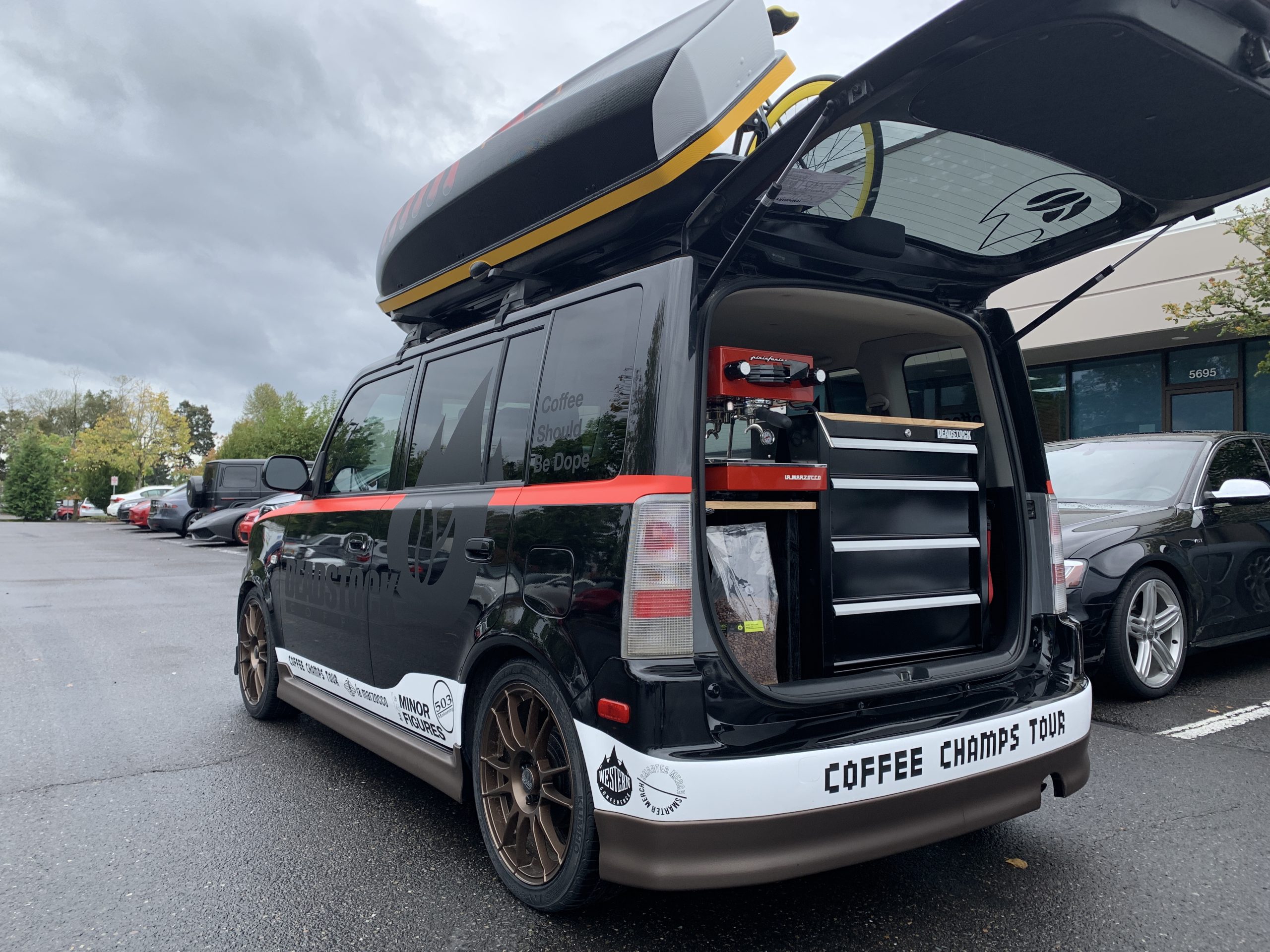
How do you turn a café visitor into a repeat customer?
By making a good product and treating that person well. End of story. Actually, you don’t even need to have the best product at all times, if you just treat people right, they will definitely come back to you.
What are the biggest lessons you’ve learned that you can’t wait to apply to the next Deadstock project?
I think the biggest lessons I’ve learned are being more aware of costing up front, of things [laughs], but also just the timing on your opening. Opening in the fall or winter in a place like Portland is really difficult because the weather is crazy. So, knowing that going into January/February (this is for most cafes), it’s pretty slow, so having a large undertaking right before the holiday and going into a dead season is tough. I think that’s also a big learning for me is to adjust that opening time. And maybe sometimes you don’t have to go all out in the beginning, you can do one or two big things, and then over the course of time, you can make updates to smaller things and make it more grandiose. You don’t gotta do it all at once.
Anything you would like to add?
You should do what feels right for you. If it feels good and it’s looking right on the numbers, then do that. If it’s something that doesn’t feel good then… maybe it’s not necessarily “Don’t do it,” but it’s definitely “Be cautious.” And don’t be afraid to make changes. Just because something isn’t exactly what you want it to be from the beginning doesn’t mean that it can’t change.
To learn more about Deadstock Coffee, visit their website. You can also them on Instagram.
